Unleashing the Power of Tungsten Carbide Tooling: California Nanotechnologies Leading the Way
In the world of precision manufacturing and cutting-edge technologies, the demand for high-performance tooling has reached unprecedented levels. One material that has revolutionized the industry is tungsten carbide, renowned for its exceptional hardness, durability, and wear resistance. At the forefront of tungsten carbide tooling, California Nanotechnologies has emerged as an industry leader, employing state-of-the-art processes to deliver cutting-edge solutions. This article delves into the world of tungsten carbide tooling and explores the innovative techniques California Nanotechnologies employs to maintain their unrivaled position in the market.
Understanding Tungsten Carbide Tooling:
Tungsten carbide, a composite material made from tungsten and carbon, has become synonymous with high-performance tooling due to its exceptional properties. Tungsten carbide exhibits remarkable hardness, ranking second only to diamonds, and boasts a melting point of approximately 5,500 degrees Fahrenheit. Additionally, its high modulus of elasticity and resistance to abrasion and deformation make it an ideal choice for various applications, including cutting, drilling, milling, and machining.
The Process of Tungsten Carbide Tooling:
California Nanotechnologies employs a cutting-edge manufacturing process to produce high-quality tungsten carbide tooling. Here is an overview of the key steps involved:
Powder Production:
The production process begins with the synthesis of tungsten carbide powder. California Nanotechnologies utilizes advanced powder metallurgy techniques, such as chemical vapor deposition and mechanical alloying, to achieve ultra-fine particle sizes and homogeneity. This results in improved sinterability and enhanced mechanical properties of the final product.
Blending and Mixing:
The synthesized tungsten carbide powder is then blended with a carefully selected binder material, such as cobalt or nickel. The binder acts as a "glue" that holds the tungsten carbide particles together, providing strength and toughness to the final tooling.
Shaping and Compaction:
The blended powder is subjected to a compaction process, where it is placed in a die and pressed at high pressures. This process, known as cold compaction or dry pressing, creates a "green" compact with the desired shape and dimensions.
Sintering:
The green compact is then subjected to a sintering process, which involves heating it in a controlled atmosphere. During sintering, the powder particles bond together, and the binder material melts and infiltrates the gaps between the tungsten carbide particles. This results in a dense, solid structure with enhanced mechanical properties.
Precision Machining and Finishing:
After sintering, the tungsten carbide tooling undergoes precision machining to achieve the final desired shape, dimensions, and surface finish. California Nanotechnologies utilizes advanced machining techniques, including CNC milling, grinding, and electrical discharge machining (EDM), to achieve exceptional precision and accuracy.
California Nanotechnologies: Pioneering Innovation in Tungsten Carbide Tooling:
California Nanotechnologies has earned its reputation as an industry leader in tungsten carbide tooling through its relentless pursuit of innovation and commitment to excellence. Here are some factors that set them apart:
Advanced Material Research and Development:
The company invests heavily in research and development to push the boundaries of tungsten carbide tooling. Their team of expert scientists and engineers continuously explores new materials, manufacturing techniques, and coatings to enhance the performance, lifespan, and efficiency of their tooling solutions.
Customization and Tailored Solutions:
California Nanotechnologies understands that every industry and application has unique requirements. Therefore, they offer a range of customization options to meet specific customer needs. From tool geometry to surface treatments, they work closely with clients to develop tailor-made solutions that optimize performance and productivity.
Cutting-Edge Coating Technologies:
To further enhance the performance and longevity of their tungsten carbide tooling, California Nanotechnologies utilizes cutting-edge coating technologies. These coatings, such as diamond-like carbon (DLC) and various ceramic coatings, provide added protection against wear, corrosion, and friction, extending the tool's lifespan and improving overall efficiency.
Quality Assurance and Precision Testing:
The company adheres to strict quality control measures throughout the manufacturing process. California Nanotechnologies employs advanced inspection and testing techniques, including microscopy, spectroscopy, and hardness testing, to ensure the highest standards of quality and performance in their tooling products.
Conclusion:
Tungsten carbide tooling has transformed precision manufacturing, and California Nanotechnologies stands at the forefront of this industry revolution. Through their advanced manufacturing processes, extensive research and development, and commitment to customization and innovation, they have solidified their position as an industry leader. As technology continues to advance, California Nanotechnologies will undoubtedly play a pivotal role in shaping the future of tungsten carbide tooling, enabling manufacturers across various sectors to achieve unprecedented levels of efficiency, productivity, and precision.
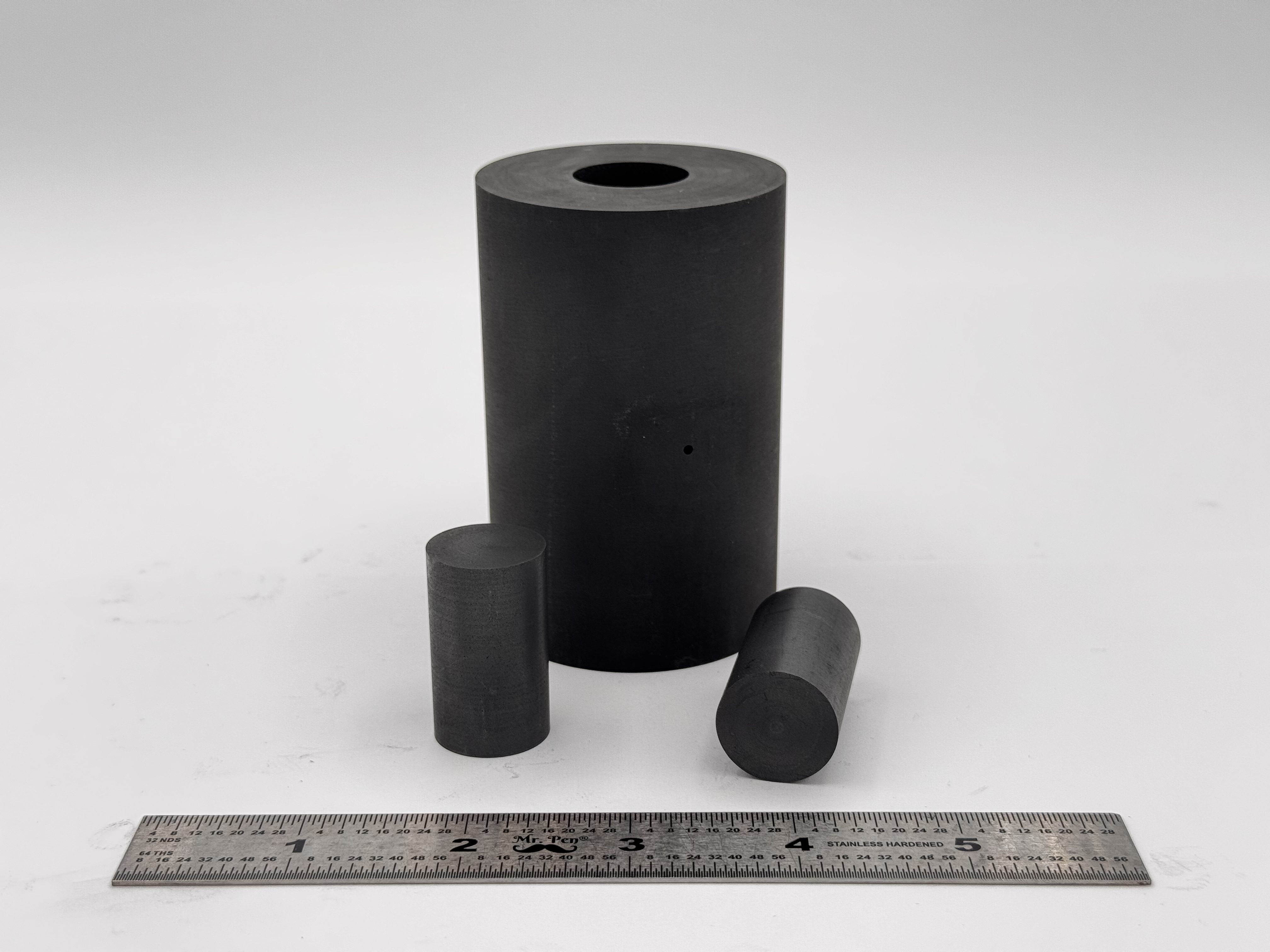 High Strength SPS Graphite Tooling
High Strength SPS Graphite Tooling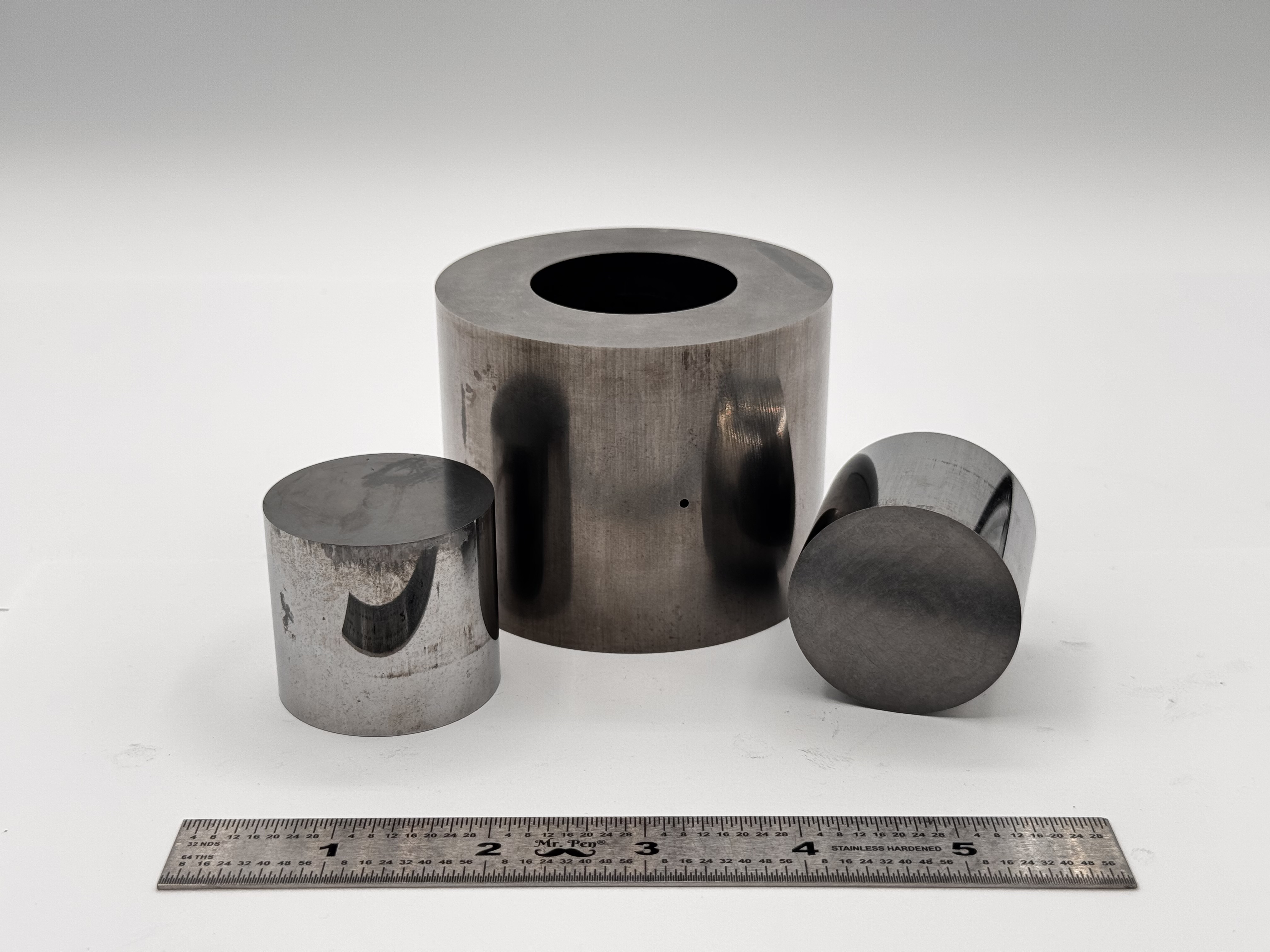 Tungsten Carbide Tooling
Tungsten Carbide Tooling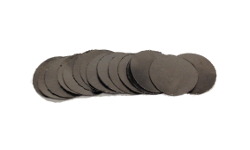 Carbon Graphite Foil / Paper
Carbon Graphite Foil / Paper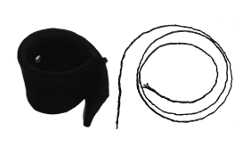 Carbon Felt and Yarn
Carbon Felt and Yarn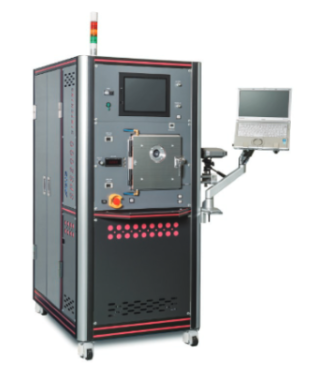 Spark Plasma Sintering Systems
Spark Plasma Sintering Systems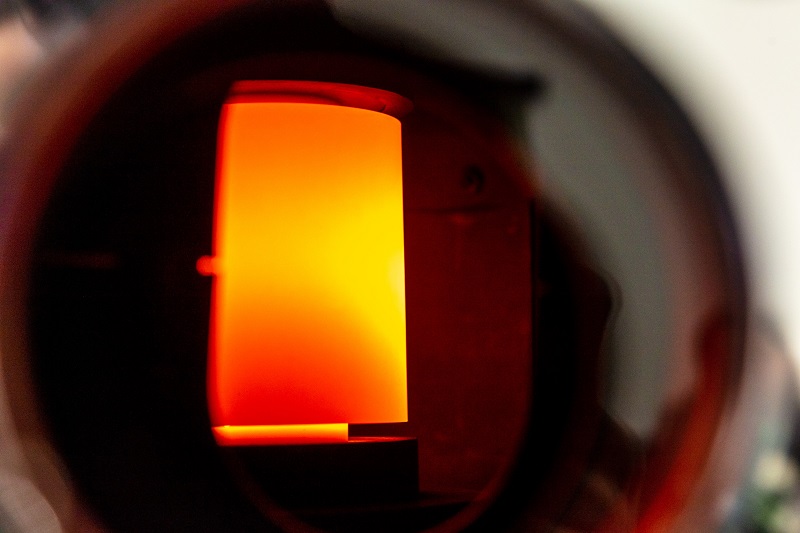 SPS/FAST Modeling Software
SPS/FAST Modeling Software